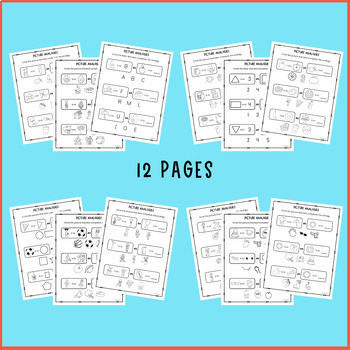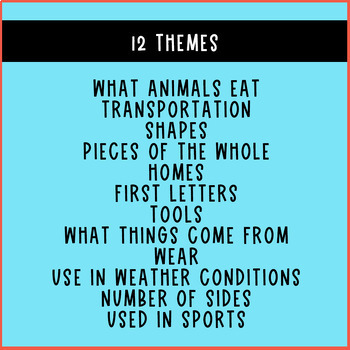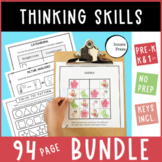Picture Analogies for Beginners - Worksheets for PreK Kindergarten and 1st grade
- PDF
What educators are saying
Also included in
- Get your students' brains busy with this big bundle of thinking skills worksheets! This set is wonderful for building logic, critical thinking, and visual spatial skills. Use with a whole class of kids or one-on-one with a single child. These worksheets also work great for fast finishers who need aPrice $14.50Original Price $24.00Save $9.50
Description
A carpenter is to a hammer as you are to this resource! Both are tools that allow new things to be built - in this case, it is logic skills! These picture analogies for beginners are easy enough for younger kids to be successful, but are also great building blocks to more advanced critical thinking skills. The worksheets are geared towards PreK, Kindergarten, and first graders who have little or no experience with analogies.
There are 12 worksheets in the set and keys are included. There is no prep for the teacher. Students simply color and circle the pictures that best complete the analogies.
Each worksheet has its own theme:
- What Animals Eat
- Transportation
- Shapes of Objects
- Pieces of the Whole
- Homes
- First Letters
- Tools
- What Things Come From
- Items to Wear
- Use in Weather Conditions
- Number of Sides
- Used in Sports
If these seem a little too easy for your kids, take a look at the slightly more difficult set of more picture analogy worksheets.
Follow us for more logic puzzles and games!






